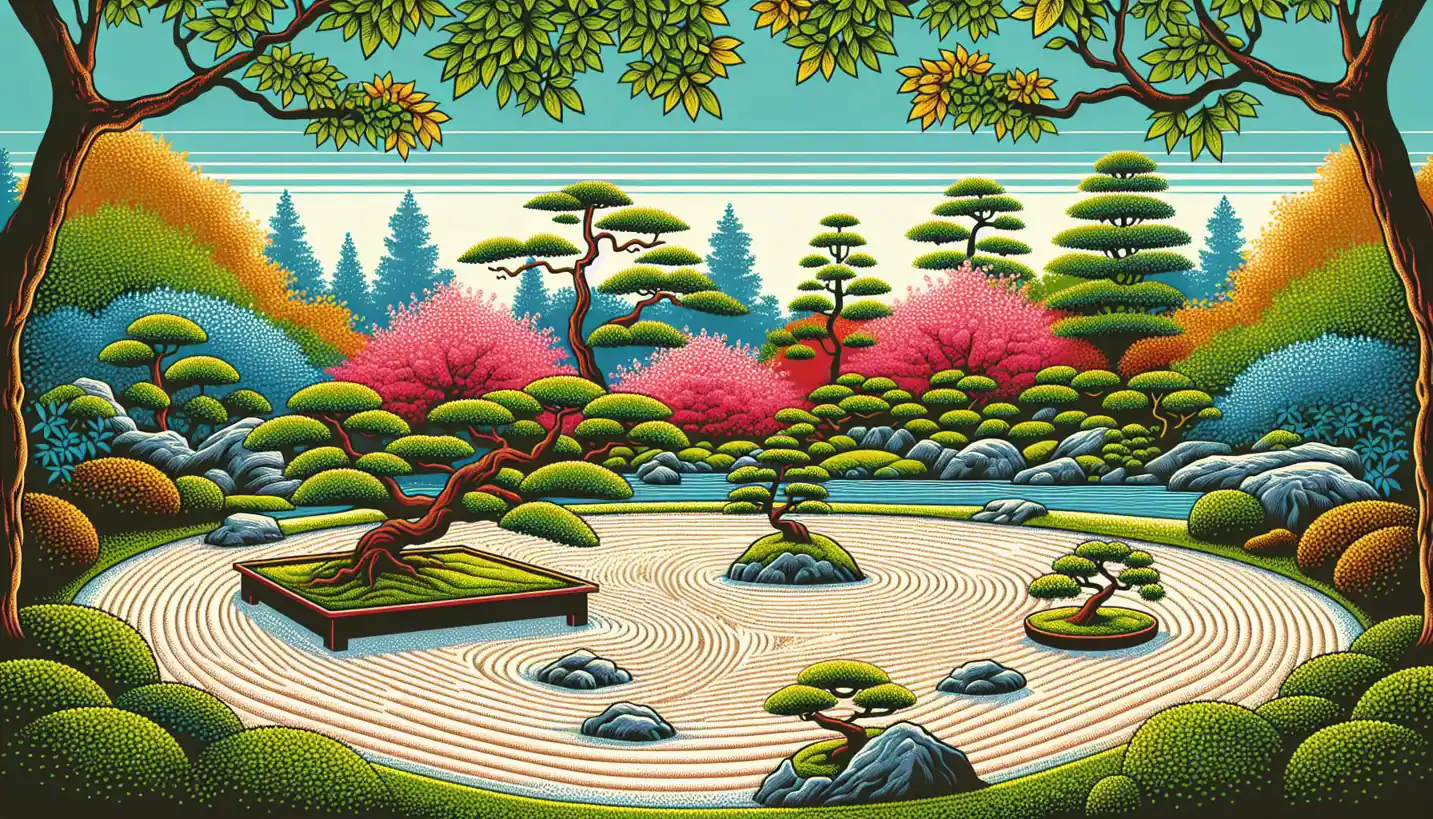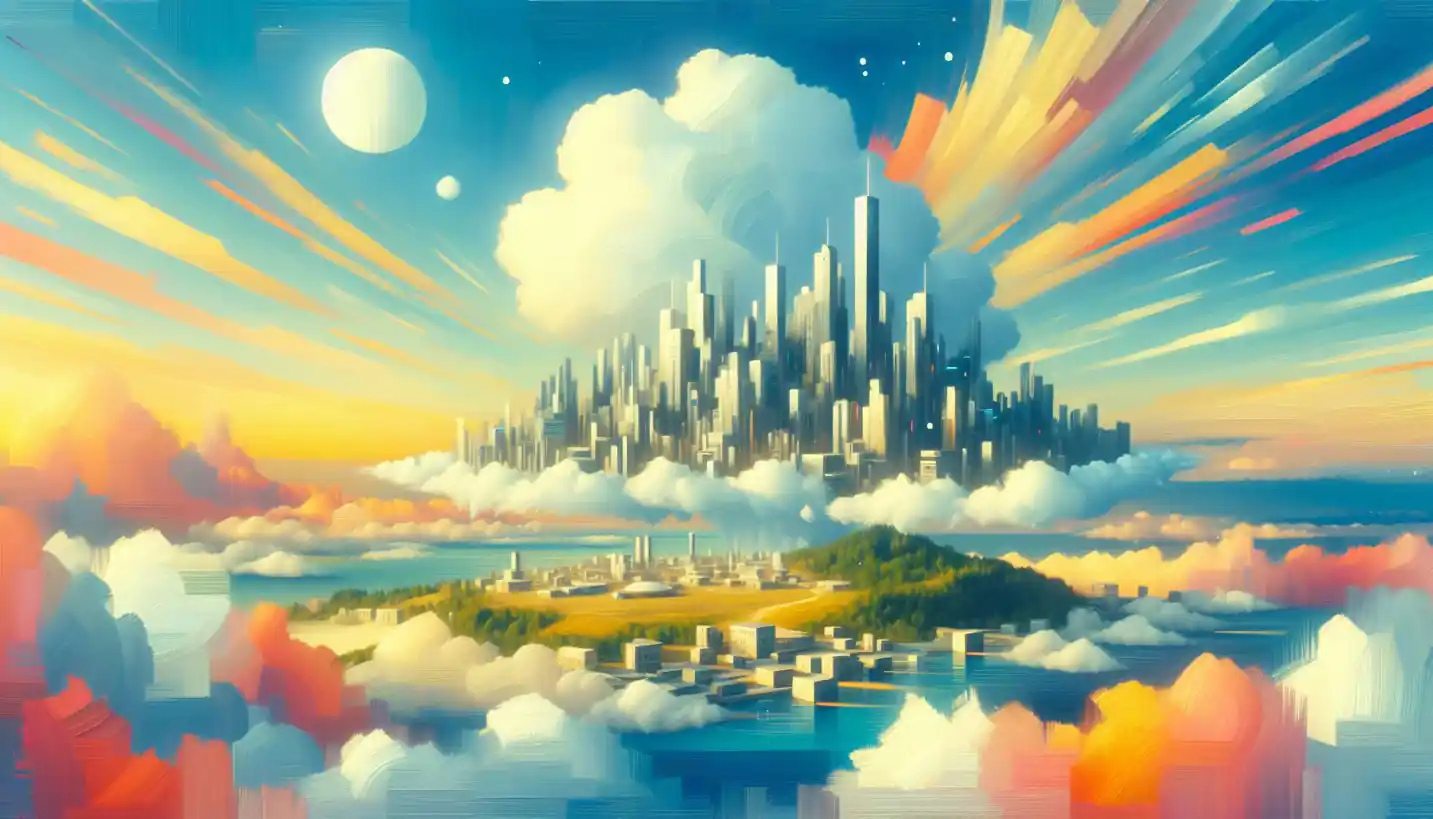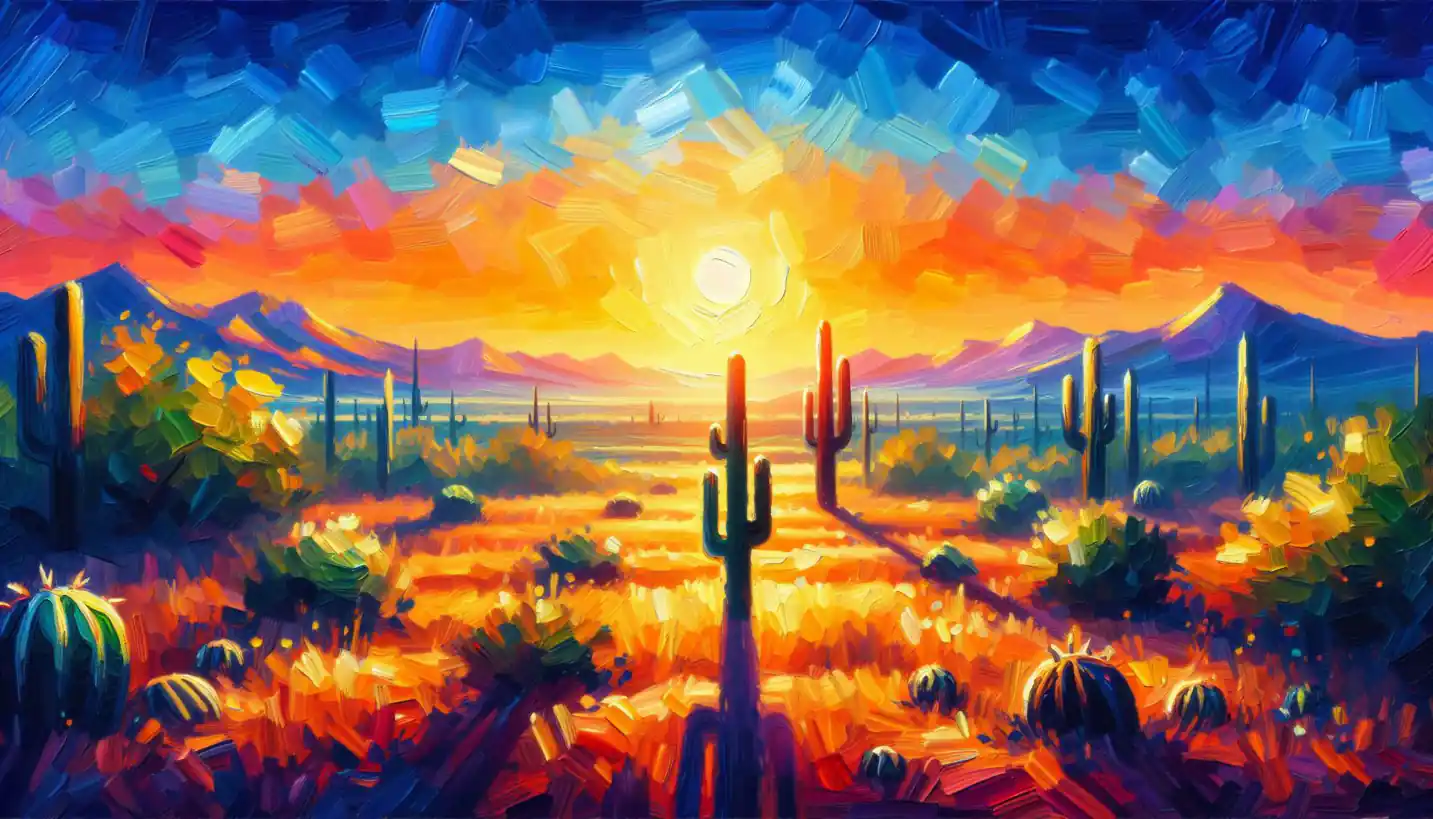· Geography · 4 min read
Geographical Imagination: Exploring New Perspectives on Our World
Geographical imagination opens up new perspectives on our world. See how creativity changes our understanding of geography.

From our very first map scribbled in the sand to the intricate digital maps we use today, our understanding of geography has come a long way. Geographical imagination plays a significant role in how we perceive spaces and places. This concept isn’t just about physical maps but about how we mentally envision the world around us.
What is Geographical Imagination?
Let’s dive into what we mean by geographical imagination. Picture geographical imagination as the lens through which we view and interpret the world. It influences how we perceive distances, landscapes, and even cultural nuances. This idea stems from behavioral geography, which focuses on how human perception and behaviors relate to spaces.
Our mental images of places may be influenced by personal experiences, stories we’ve heard, or images we’ve seen. For instance, a bustling city might evoke thoughts of endless skyscrapers and constant hustle, but for someone else, it might mean cultural landmarks and exciting food scenes.
The Role of Culture and Media
Culture and media significantly shape our geographical imagination. Think about it: movies and books often paint vivid pictures of places, even if they’re places we’ve never been. Films set in exotic locations can make us feel like we’ve traveled there ourselves, even if only in our minds.
Cultural influences, like traditions and societal norms, also affect how we perceive places. A place steeped in history might feel sacred or mysterious due to the cultural stories that accompany it. This imaginative perspective can make a place seem larger than life or, conversely, underwhelming.
Personal Experience and Geographical Imagination
Your personal experiences and memories can have a big impact on how you see different locations. Consider how you might associate a beach with relaxing vacations if you’ve spent summers there. For others, a beach might bring to mind thoughts of coastal erosion and environmental concerns.
Each person’s geographical imagination creates a unique map in their mind, shaped by personal encounters and emotional connections. This subjective map influences decisions, such as where to travel or live, based on how a place is imagined rather than its physical reality.
Geographical Imagination and Decision-Making
This imaginative perspective can play a crucial role in our decision-making processes. Imagine you’re deciding where to go on vacation. Your choice might not just be based on practical factors like cost or climate, but on how you picture that destination in your mind. Does it seem adventurous, restful, or culturally enriching? These imagined attributes stem from how you’ve interpreted information about the place.
Urban planners and policymakers also consider geographical imagination. When designing public spaces or developing urban areas, they must understand how residents perceive their environment. Creating spaces that align with positive geographical imaginations can improve community well-being.
Challenges and Opportunities
While our geographical imagination can offer rich and diverse perspectives, it can also lead to misunderstandings or stereotypes. Sometimes, our mental images of places can be based on outdated or inaccurate information, which may lead to misconceptions.
On the flip side, geographical imagination can foster creativity and innovation. Artists, writers, and designers often draw from their geographical imagination to create works that inspire and challenge conventional views.
Geographical Imagination in Education
Education plays a pivotal role in shaping and expanding our geographical imagination. By learning about different cultures, histories, and environments, we can broaden our understanding and appreciation of the world. Geography education encourages students to question assumptions and explore diverse narratives, developing a more nuanced view of the world.
Furthermore, educators use tools like maps, virtual reality, and storytelling to help students develop their geographical imagination. These tools allow learners to visualize and engage with places beyond their immediate surroundings.
Conclusion
Understanding geographical imagination can open up new ways of thinking about the world. It’s not just about physical spaces but about how we mentally and emotionally connect with places. By recognizing the power of this imaginative lens, we can foster empathy, creativity, and deeper insights into how we interact with our environments.
As we continue to explore and learn, our geographical imagination will no doubt evolve, reflecting both our individual experiences and the ever-changing world around us.


